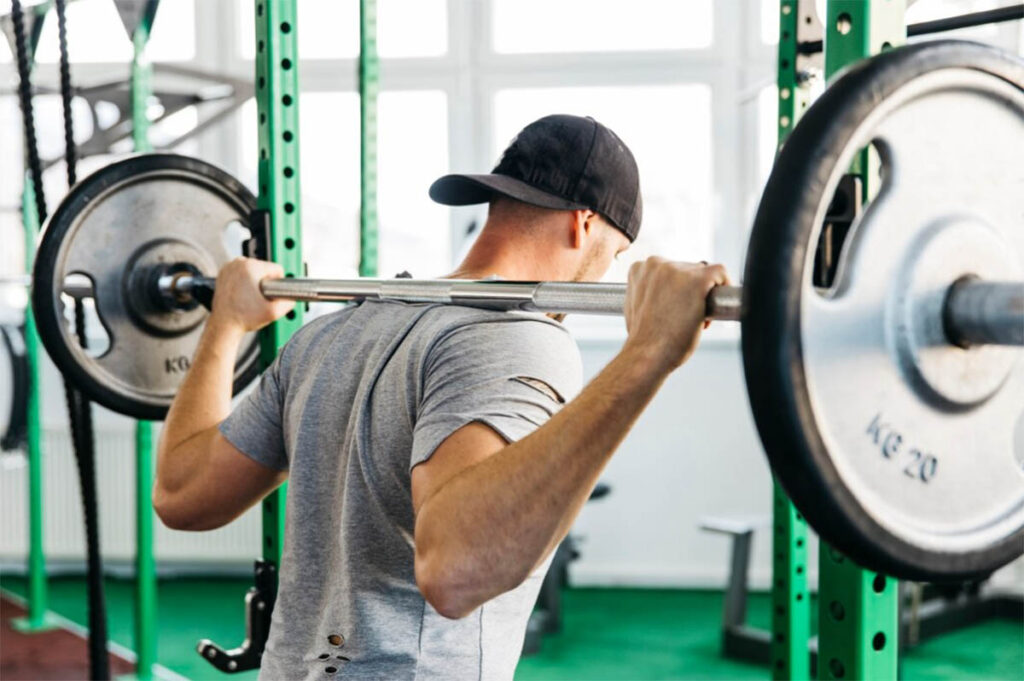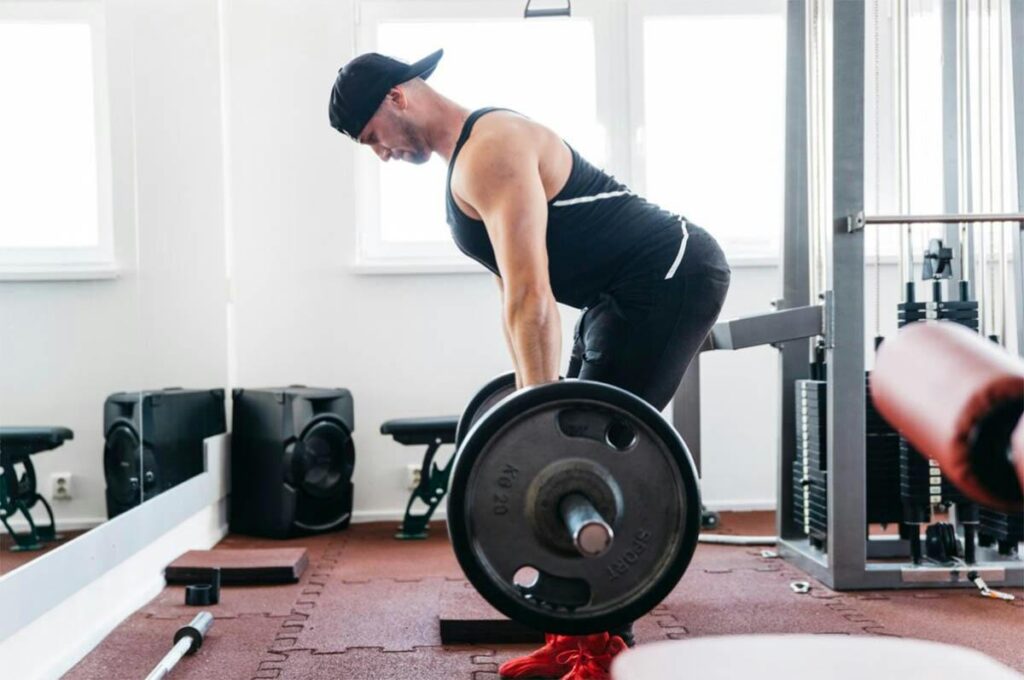Introduction
Hello, CrossFit community! Whether you’re a seasoned athlete or new to the world of high-intensity training, low back pain is a common challenge that many of you might encounter. As a physical therapist who specializes in sports-related injuries, I’m here to guide you through the complexities of low back pain specifically in the context of CrossFit. We’ll explore its causes, effective treatments, and preventive measures to keep you performing at your best. Let’s lift the weight of this discomfort off your shoulders (and your back)!
Understanding Low Back Pain in CrossFit
What is Low Back Pain?
Low back pain in CrossFit athletes often arises from strains and overuse injuries due to repetitive lifting and high-impact movements. It manifests as discomfort or pain in the lower spine region and can vary from a mild, dull ache to severe, debilitating pain.
Why CrossFitters?
The dynamic and demanding nature of CrossFit, with movements like deadlifts, squats, and oly lifting, places significant demand on the lower back. Factors like improper form, muscle imbalances, and insufficient recovery can increase the risk of developing back pain.
Early Intervention: Recognizing the Signs

Identifying Low Back Pain
Symptoms include muscle ache, shooting or stabbing pain, pain that radiates down the leg, and reduced flexibility or range of motion in the lower back.
Self-Assessment Techniques
Pay attention to specific movements that trigger pain, and note any limitations in your mobility or strength during workouts.
When to Seek Help
If your back pain persists, especially after rest or modifying workouts, or if it interferes with daily activities, it’s crucial to seek professional advice.
Physical Therapy Approaches

- Pain Management
- Resting from activities that exacerbate pain, combined with active recovery exercises.
- Ice or heat therapy to manage inflammation and muscle soreness.
- Strengthening and Mobility Exercises
- Core strengthening to provide better support for the lower back.
- Mobility exercises focusing on the hips and upper back to reduce strain on the lumbar spine.
- Technique and Form Correction
- Working with a CrossFit coach or physical therapist to ensure proper lifting techniques.
- Video analysis of workouts to identify and correct form issues.
- Lifestyle Modifications
- Educating about the importance of balanced nutrition and adequate sleep for recovery.
- Stress management techniques to reduce tension-related pain.
Preventative Strategies
Prevention is key in CrossFit. This includes regular stretching, proper warm-up and cool-down routines, gradually increasing workout intensity, and ensuring rest days for recovery. Cross-training with lower-impact activities can also help minimize stress on the lower back.
Case Studies and Success Stories
Be inspired by stories from CrossFit athletes who have overcome low back pain through targeted physical therapy, lifestyle changes, and dedicated recovery programs. Their experiences underscore the value of a holistic approach to back health in high-intensity sports.
Conclusion
Low back pain doesn’t have to be an inevitable part of your CrossFit experience. With informed understanding, proactive management, and the right combination of therapy and training adjustments, you can overcome this challenge. Remember, taking care of your back is as important as nailing your next PR!
We’re here to help!
Struggling with low back pain in your CrossFit journey? Don’t let it hold you back. Consult a physical therapist who understands the unique demands of CrossFit for a personalized treatment and prevention plan. Here’s to lifting smarter, not just harder!
Disclaimer: This blog post is intended for informational purposes only and should not replace professional medical advice. Always consult with a healthcare provider for personalized care and treatment options.

